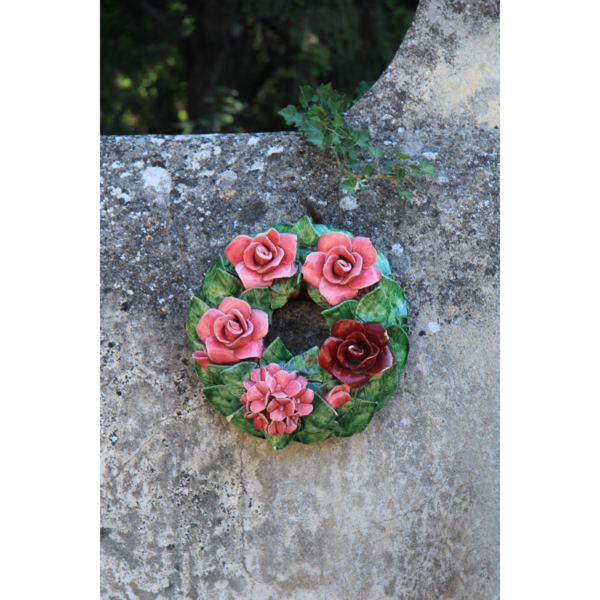When sharing more information about a particular element of the process of laying a loved one to rest, we are always careful to ensure that we communicate that though there is a “traditional” way of doing things, all that means is that it is common or what is often depicted in movies. Burial and cremation practices have been around for thousands of years, and all of the known human cultures have had rituals and ways of disposing of their dead.
A traditional burial typically means that the body is prepared, placed in a casket, present at a service and then taken to the cemetery for burial. While traditions vary from culture to culture and religion to religion, this is still what is considered “traditional”.
Though what is considered traditional to one faith or culture can be very different from another, these elements are the same:
- The body is present during the services
- There is an element of spirituality (usually religious)
- The family participates in funeral rites and rituals together
- Sharing about the deceased during the services
- A community grieves together
So we share with you what the process looks like for a burial based on the most common way it happens in the Calgary area, but please know that almost all of these practices are optional and can be combined with other options or omitted altogether.
At Country Hills Crematorium, we will work with you to determine which options are best for you and help you to plan a burial for your loved one that suits your needs and honours their life.
When choosing burial, there are some common steps that will happen.
- After the passing, the funeral home you are working with will come and transfer the deceased into their care. They will transport it to the funeral home for safekeeping. If the burial will not happen within 72 hours and a public viewing is planned, embalming may be recommended or encouraged, but it is not a legal requirement.
- Your funeral director will help you to determine if a visitation and/or funeral service will take place. If so, arrangements will be made for these to happen.
- You will choose a casket or container to bury your loved one in. A rigid container is legally required for burial in Calgary but you can choose any number of options from a simple wooden box to a variety of casket options that might be more refined and appealing. Caskets are made of metal or wood. Wooden caskets will vary based on veneer or solid hardwood – ash, elm, poplar, oak, maple or cherry; the stain and finish, the types of handles, the fabric that lines the inside.
- A grave liner is a container that the casket would be placed into in the cemetery. While some cemeteries will allow the casket to be placed directly into the earth without a grave liner, some cemeteries make a grave liner mandatory for cemetery maintenance purposes. There are a variety of different grave liners. A burial vault is a large reinforced concrete box that is lined with either metal (stainless steel, copper or bronze) or very strong materials (strentex or marbleon) that give the grave liner added strength and will seal the vault. A concrete box also offers protection, but is simpler and does not have the added benefit of sealing or having a lining to add strength. Grave liners are designed to prevent the grave from settling or the casket from being crushed by the weight of the earth.
- Cemetery arrangements will need to be made. Your funeral director can guide you through the options of the local cemeteries if you don’t already have one. There are some significant differences between different cemeteries with the primary difference being whether the cemetery is a private or public cemetery. Once the cemetery has been chosen, there are considerations to be made within the cemetery which can include whether they allow upright headstones vs flat headstones, double depth burial vs single depth burial and the requirement for grave liners or not. Your funeral director can guide you through these choices.
- If you are holding a viewing, that will take place first. Family and friends can come to pay their last respects and support you during this difficult time. After the viewing, the funeral service will be held, sometimes right away and sometimes within a day or two. Visitations are typically held at the funeral home and the funeral services will usually be at a place of worship or at the funeral home as well, depending on your preferences.
- Following the service, attendees move in a funeral procession to the cemetery for the final committal services. Most families will attend the burial and hold a brief ceremony, often with an officiant present, as the casket is placed into the gravesite.
- You will also have the option to choose a grave marker or headstone. This can be a flat memorial made of bronze or granite, or an upright headstone of your choosing, provided it is in line with the rules of the cemetery you have chosen.
Burying your loved one may be a choice you make based on religious or cultural beliefs, because it was your loved one’s choice or simply because it was the option that felt right for you and your family. When burial is the disposition you choose, our team at Country Hills will be here to help ensure you get the best information to make the arrangements.
You can learn more about Cremation as an alternate disposition option, or read our blog on Cremation or Burial: Which Is Best For You?.
As always, if you have any questions, please feel free to reach out to us directly at 403-274-0576.

